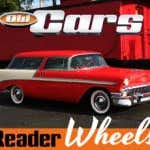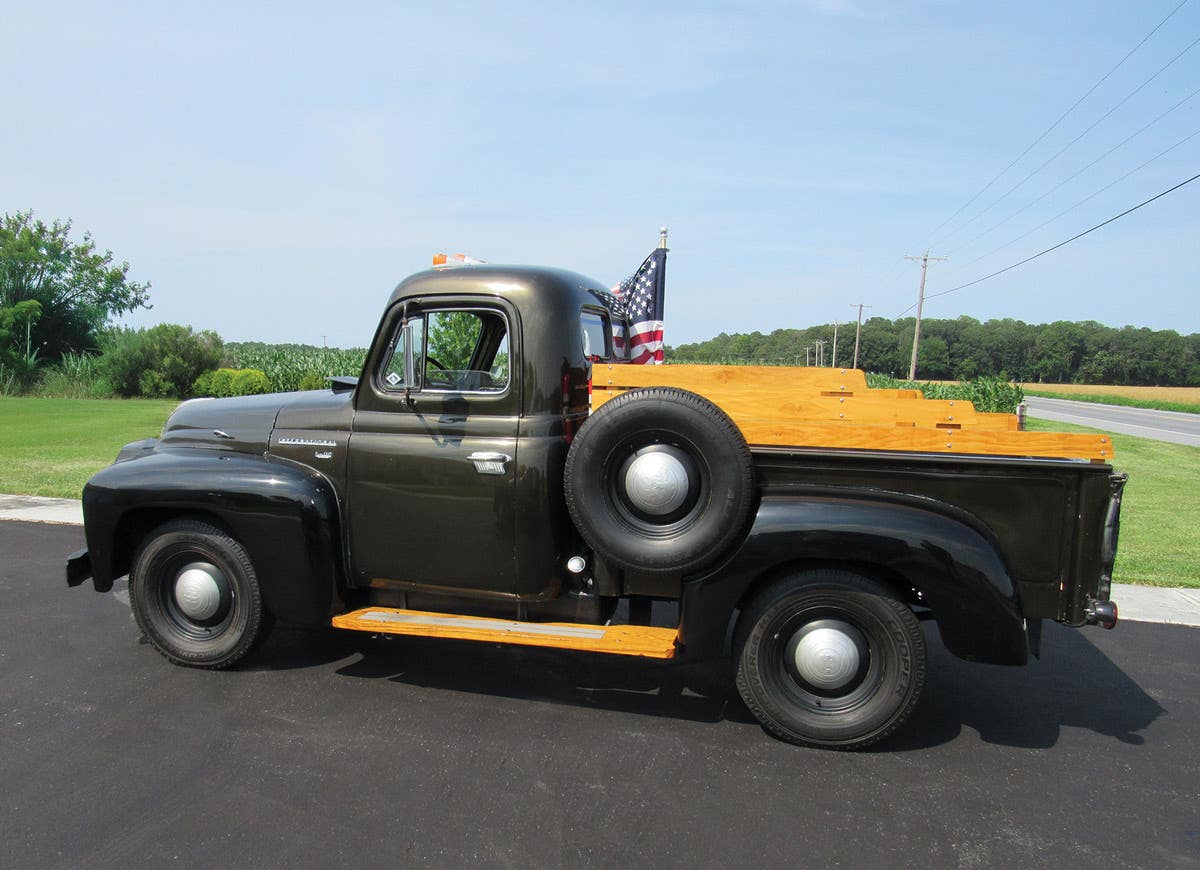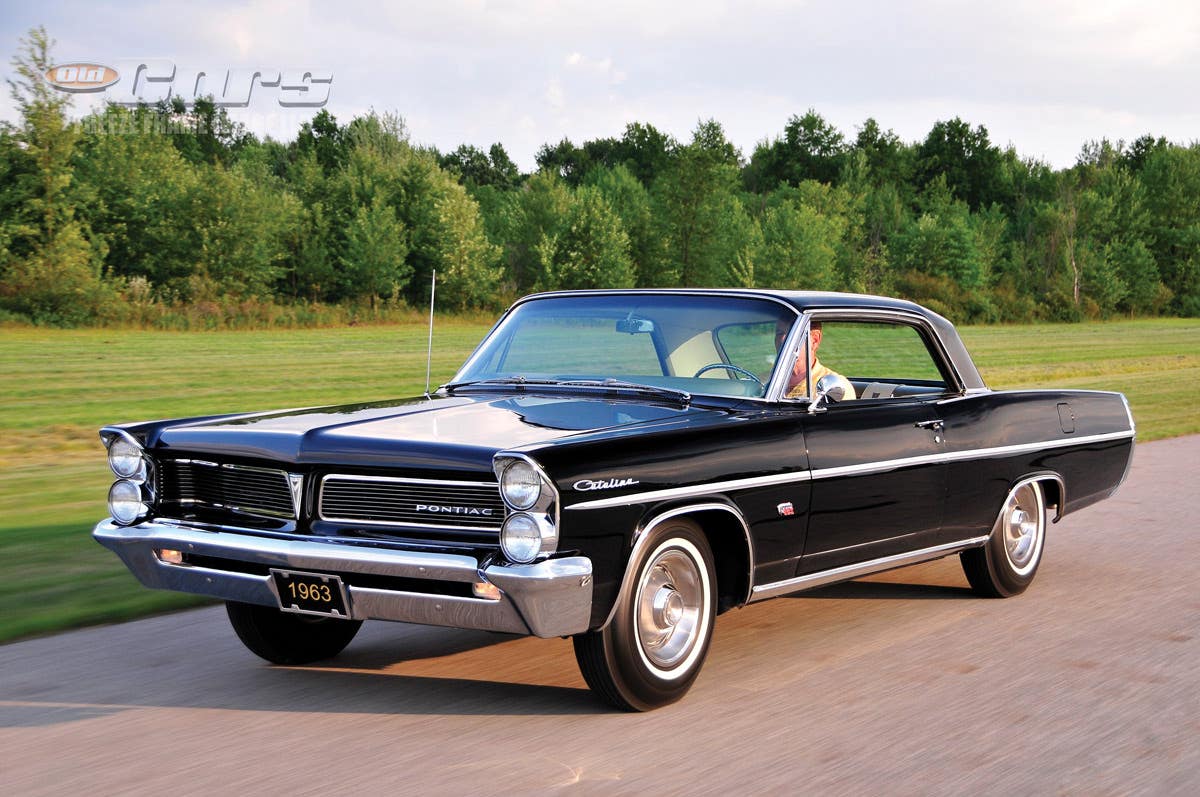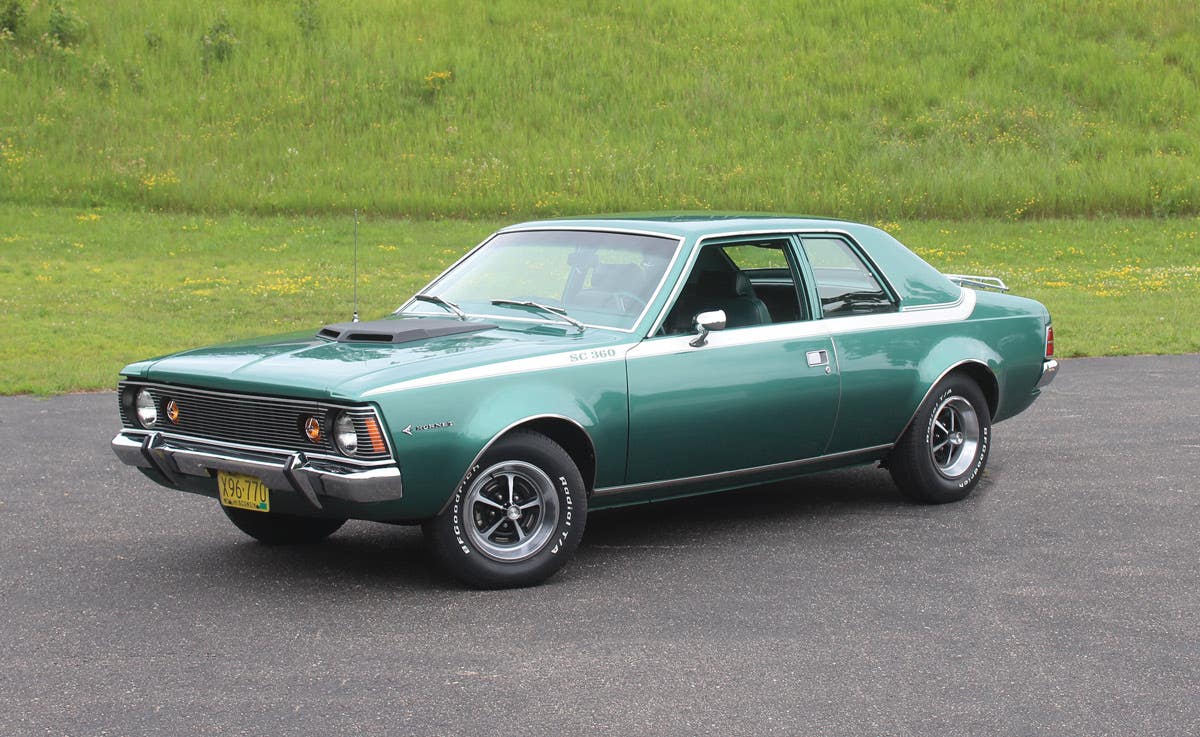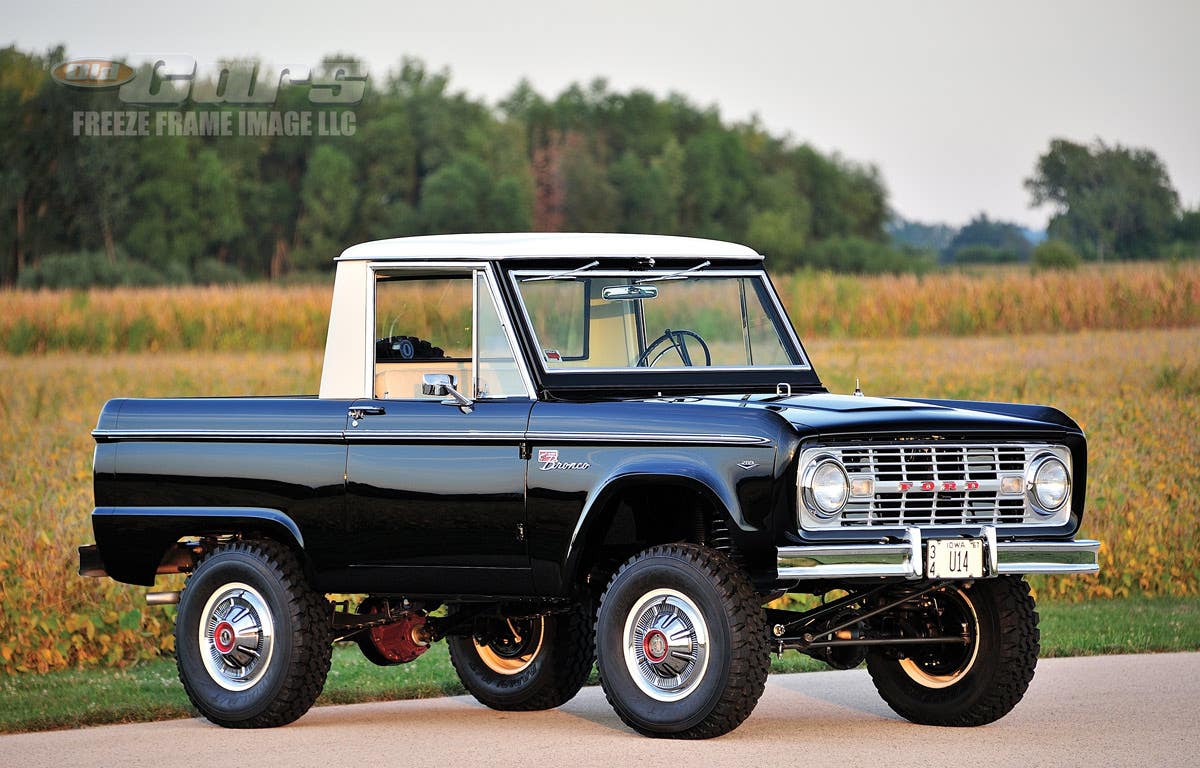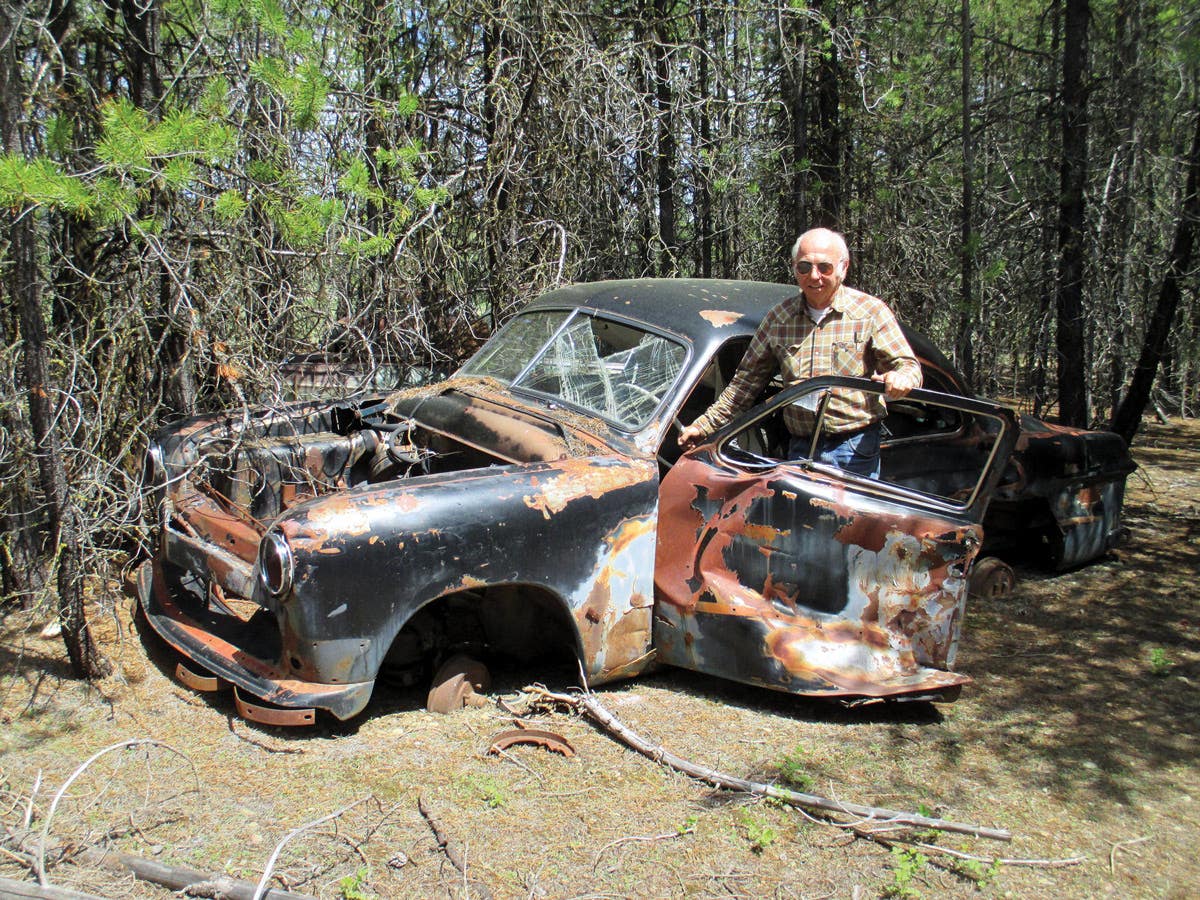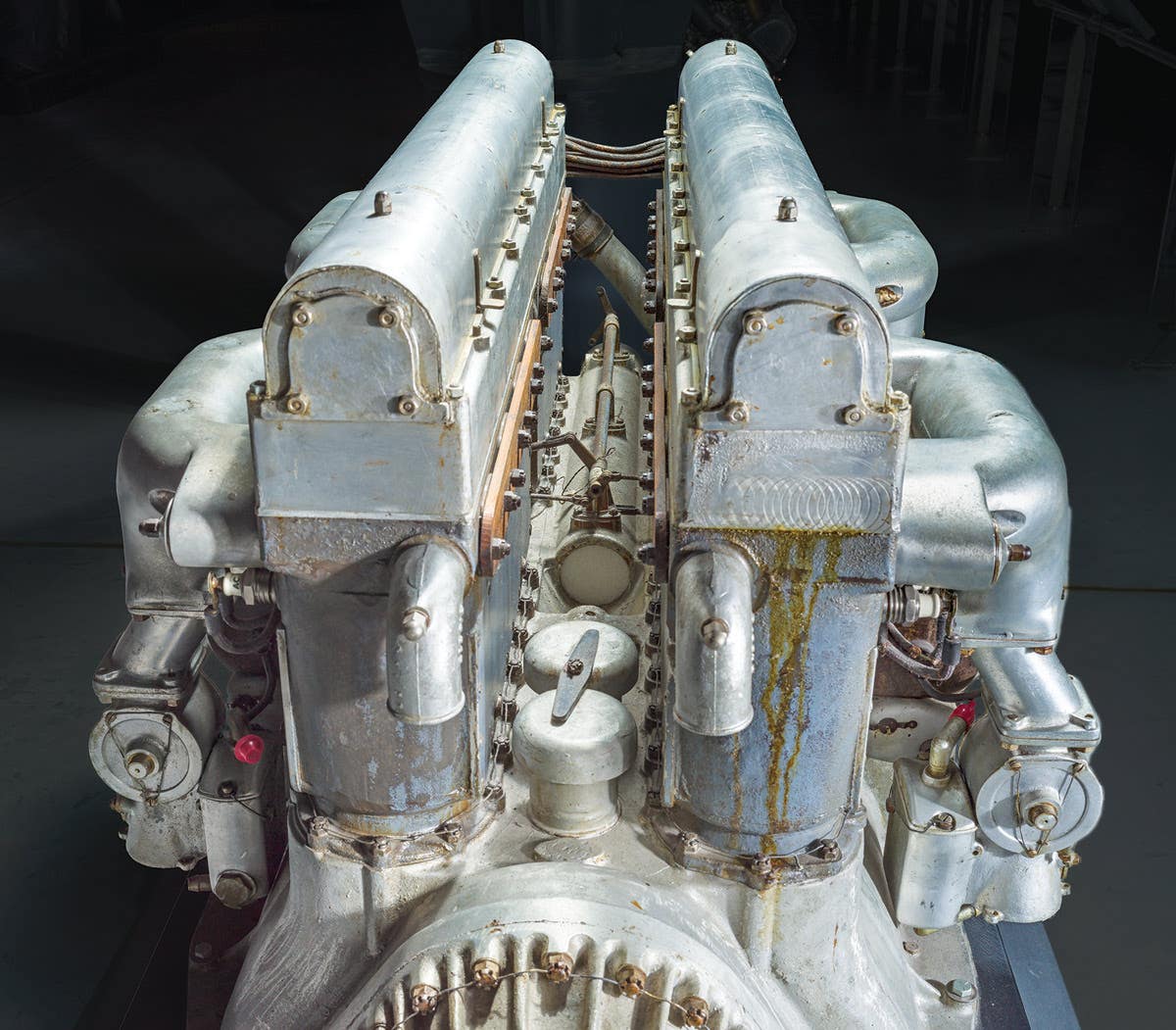Car of the Week: 1972 Chevrolet K5 Blazer camper
Sure enough, somebody actually turned a Hugger Orange 1972 K5 Blazer convertible into an all-in-one family camper.
Paul Bellile has grown used to the delayed reactions. When he rolls up in his vintage camper, he knows most people are probably thinking to themselves, “That’s a nice old camper, and a pretty nice Chevy pickup underneath it.”
Then a few moments later, it hits them: “Hey, that’s not a pickup! That’s a Blazer!”
Sure enough, somebody actually turned a Hugger Orange 1972 K5 Blazer convertible into an all-in-one family camper. And that somebody was Paul’s dad Len, who bought the Blazer new from a local Chevy dealer in Hortonville, Wis. From there, the family had the K5 immediately shipped to a long-since-defunct shop in Osseo, Minn., that fitted it with a nice camper big enough for Len and his family of four.
Some 95,000 miles and 53 years later, the camper is still on the Blazer, and the rig is still in the family after Paul took the keys from his dad a while back. And both father and son always get a chuckle when confused onlookers check out the camper and act like they’ve just seen a unicorn. As far as Paul knows, that’s pretty much what the camper truck is. The camper top was supplied by a company called Ronco Coaches, and the Belliles have only come across one other similar unit, but it wasn’t on a Blazer.
“I keep in touch with a guy with a GMC from Grand Rapids, Minn. He’s got a 1970 GMC version of this with the exact same camper,” Paul notes. “I talk to him and keep in touch and we don’t know of any other ones… I’m hoping if any others are out there, somebody sees this. That would be awesome.
“They made pickup toppers, too, and I’ve never seen a pickup topper for a full-size truck, either. Supposedly they were in business for 10 years. I’ve talked to people who live in Osseo, Minn., who don’t even remember that the company existed.”
Len Bellile says the idea for a Blazer camper wasn’t even originally his. He remembers being in the market for a camper for his wife and two young boys back in the early 1970s when the local Chevy dealer, Griesbach Chevrolet, pitched the idea to him. “My wife really wanted a camper and we went out to Griesbachs and we were looking at Blazers and he said, ‘I know where they could put a camper on a Blazer,’” he recalled. “I said, ‘OK, order us one,’ so he ordered us a nice blue one. When it came in, he said, ‘Your blue Blazer turned into a red one!’ I said, ‘That’s fine,’ and, we had it shipped out to Minnesota to have the camper put on it…Everything was perfect. We flew up there and there was a guy there [at the airport] and we looked it over and it was nice, just the way we wanted. They had different deals on the inside. We wanted the bunks in there so the two boys could sleep on the bunks and we could sleep up above. After we got there, they had to finish it the way we wanted it. We stayed overnight one night and the next day we drove it back.”
Len says he paid $5,500 for the K5 Blazer — “the same amount that it weighs” — and the family soon took off on its first big adventure to South Dakota. “Mom died 23 years ago, and she’s the one that loved this,” Paul says. “When we first got it, we went out to Deadwood, S.D., and she bought a little beaded Indian, and she hung it from the rearview mirror, and it’s hung there all these years — 53 years, I guess. I’m trying to keep it exactly the way it was.”
Blazing A Trail
Ford and International Harvester had already launched new lines of utility trucks by the time General Motors mounted a response in the late 1960s. International had made a big first impression with its enduring Scout, and Ford followed up in 1966 with the similarly designed and equally capable Bronco. Both of them were heading down the same road as the Willys Jeep and Jeep CJ, which owed their beginnings to World War II-era military jeeps.
With a shortened pickup chassis, the new-for-1969 Chevrolet Blazer and GMC Jimmy were bigger machines than either the Scout or Bronco, which probably made them a little more appealing as a truck that could pull double-duty as a family hauler, but perhaps made it less nimble off-road. The body had an open top “convertible” design, and buyers could choose between a soft top and fiberglass hardtop.
The Blazer and GMC Jimmy were classified as half-ton trucks, but instead of riding on a 115-inch wheelbase — the shortest pickup chassis at the time — their wheelbase was shorted to just 104 inches. There was no divider between the cab and bed, and no window frames on the doors.
Shifting was done through a choice of either three- or four-speed automatics, or a three-speed manual transmission. When it debuted for 1969, the new Blazer and Jimmy were only offered as 4x4s. Two-wheel-drive versions were added a year later in 1970, but buyers overwhelmingly preferred the 4x4 models. Even fewer preferred the six-cylinder. The 350 was offered only with the SM465 or TH350. Manual locking front hubs were optional.
The four-wheel-drive version had a solid front axle and used leaf springs front and rear. The two-wheel-drive version came with independent front suspension and rear trailing arms, both with coil springs. Both versions used drum brakes on all four wheels until 1971, when the entire GM light truck line was fitted with front discs as standard equipment. A tachometer was optional. Two transfer cases were offered: the Dana 20, available only with the manual transmissions, or the NP-205.
Chevrolet built a modest 4,935 Blazers for the model’s 1969 rookie year, but production ramped up quickly, and for 1972 that total had grown to 44,266 4x4 Blazers.
above the driver and passenger, as well as a stove, sink, refrigerator and LP heater. Brian Earnest
‘It Ain’t For Sale’
Len Bellile opted for the 350 V-8 and full wheel covers on his new Blazer, but he left most of the other accessories to Ronco. “Dad wanted the big V-8 so we could pull the boat,” Paul remembers. “It’s the standard model, so it’s got the painted bumpers, not the chrome bumpers. That would have been the CST (Custom Sport Truck), but that came with the console in the middle and he and Mom wanted to be able to get in back in between. It had a soft top and they took it off at the dealership. That’s the original Hugger Orange, K22 — it’s called a red-orange. Those are the original hubcaps. The tire was mounted in back, where we have the bunk beds, so they had to build a bracket and mount the spare in front. That was part of the camper package.”
The family rolled up plenty of miles in the K5 camper every summer during the 1970s, but the odometer started to slow down a little after the boys got older. The camping trips were fewer and farther between, and eventually Paul decided to just buy it from his dad and keep it for posterity’s sake — and because he couldn’t bear to part with it.
“It actually wound up sitting for many years. I bet it was a dozen years. But I had it inside and covered. But I finally said to Dad, ‘I gotta get that Blazer out. I want to start showing that.’”
Paul had the body repainted below the beltline and did some carburetor and fuel pump work. Other than that, he says it was pretty much ready to go after a little cleanup and detailing. Aside from the partial repaint, he says the Blazer itself is unchanged from when he was a kid.
Inside, he’s taken out the sink for now and unhooked some of the heating and plumbing. But otherwise, he’s keeping the camper intact. “I’ve got a few little things I want to do, but I don’t want to touch that camper, because I’m afraid with it being wood I’d be opening up a can of worms,” he laughs. “I really want to just leave it the way it is, from new. It’s the way I remember it.
“I’ve got some bodywork I want to do. I have a new bumper I want to put on it. The step in back was just something they thought up at Ronco with all the leftovers they had. I’m going to re-do that and make it different so it’s cleaner.”
Paul says he had a hunch the K5 camper would be a hit at car shows, and he was right. It drew a steady stream of onlookers at this year’s big Iola Car Show in Wisconsin, and he says the Blazer never lacks for attention, no matter where he takes it. “I was at a vintage camper show in June … It was just like bees around it!” he laughs.
“Nobody knew that these things existed. It’s quite a conversation piece. I have a hard time getting away from it once I park it. Part of that, of course, is the color. That color really makes it stand out.”
With Blazers and their brethren pickups from the era red hot on the collector market these days — the best examples have even topped $100,000 at auction and private sales in recent years — it’s no surprise Bellile has had other Bowtie fans trying hard to get him to sell it. He’s fended them off so far, and he insists his commitment to keeping the camper won’t waver.
“I’ve been offered a lot of money for it already, you bet I have… I had one guy say, ‘I’m going to buy this, how much do you want for it? Name your price and I’ll get the cash.’ I said, ‘It ain’t for sale.’ He said, ‘Everything is for sale.’ I said not this thing. It’s in the family.’
“There is really a cult following for these Blazers.”
SHOW US YOUR WHEELS!
If you’ve got an old car you love, we want to hear about it. Email us at oldcars@aimmedia.com
If you like stories like these and other classic car features, check out Old Cars magazine. CLICK HERE to subscribe.
Want a taste of Old Cars magazine first? Sign up for our weekly e-newsletter and get a FREE complimentary digital issue download of our print magazine.


